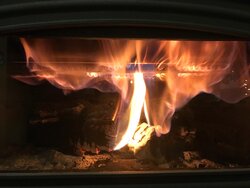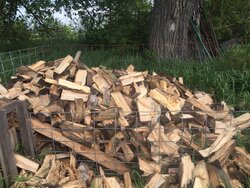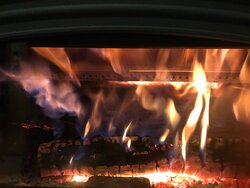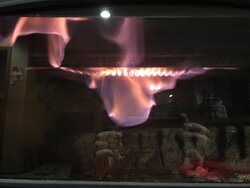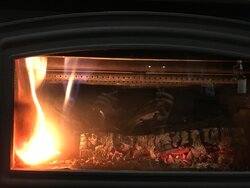Once in a while I sit in the recliner and give myself a big pat on the back. "You did it, she (the stove) is running like a champ." Get a nice secondary burn with the air shut down burns like a champ and runs around 600 (stove top). Feels like I have conquered the art of heating the house. Then the next day .... kicked right in the butt. Nothing I can do will replicate the night before when I felt like I won and the house is perfectly balanced.
I know there are so many variables that go into burning and I don't expect to be feeling that "pat on the back" feeling after being a second year wood burner. It is just nice to be so excited about that feeling. Yes my wife does make fun of me when I get the stove running perfect and there is a huge smile on my face.
Anyone else have those swings of joy to swings or sadness or frustration.
Still a learner and still trying to master a good burn. Sometimes I am my own worst enemy and I haven't even mentioned trying to set up for a solid overnight burn.
Here's to learning and trying to master an art.
Sent from my iPhone using Tapatalk
I know there are so many variables that go into burning and I don't expect to be feeling that "pat on the back" feeling after being a second year wood burner. It is just nice to be so excited about that feeling. Yes my wife does make fun of me when I get the stove running perfect and there is a huge smile on my face.
Anyone else have those swings of joy to swings or sadness or frustration.
Still a learner and still trying to master a good burn. Sometimes I am my own worst enemy and I haven't even mentioned trying to set up for a solid overnight burn.
Here's to learning and trying to master an art.
Sent from my iPhone using Tapatalk


